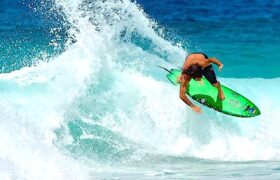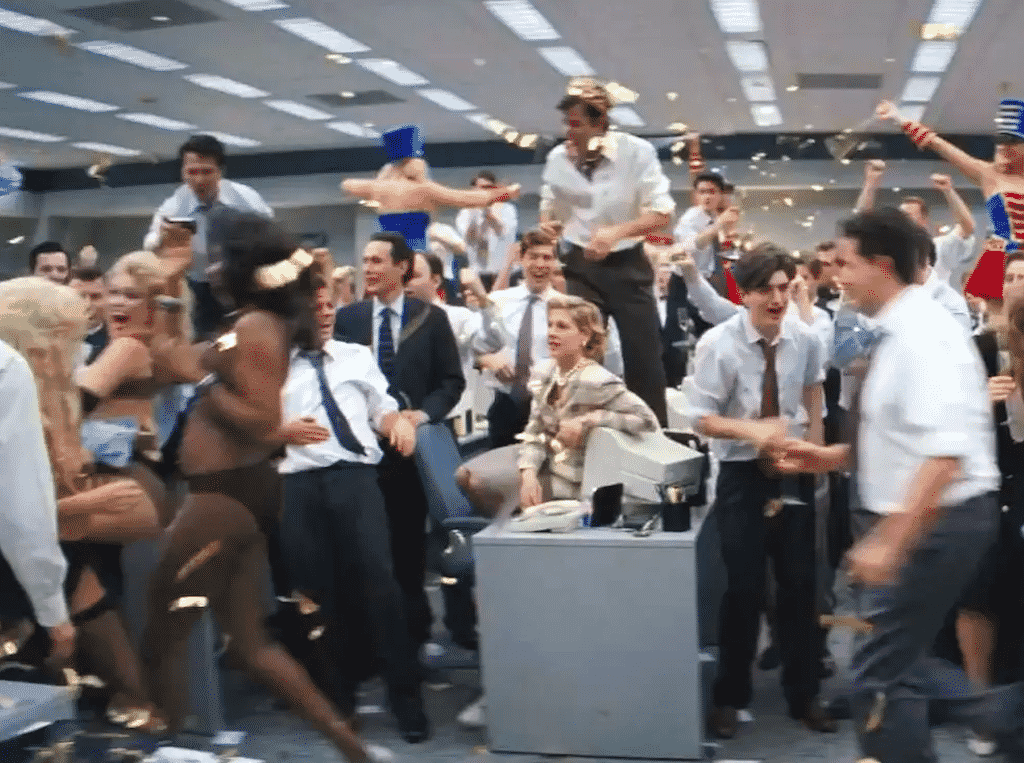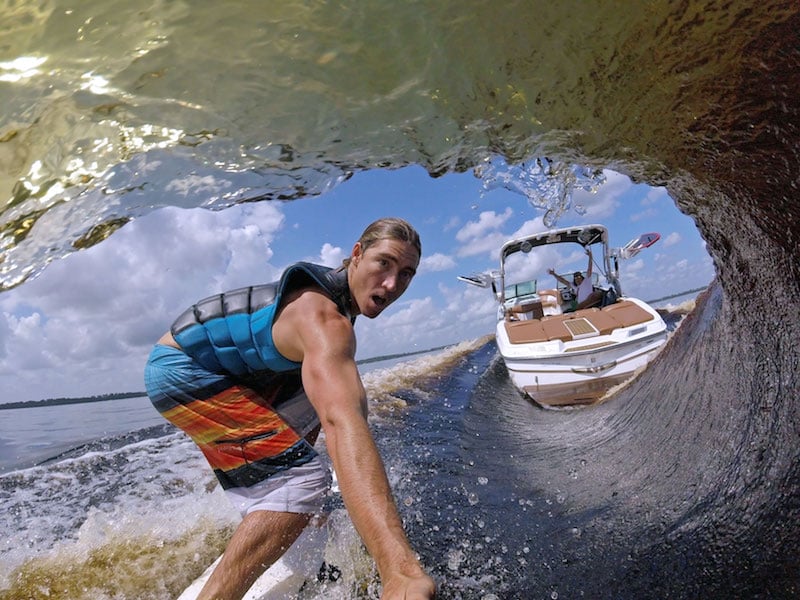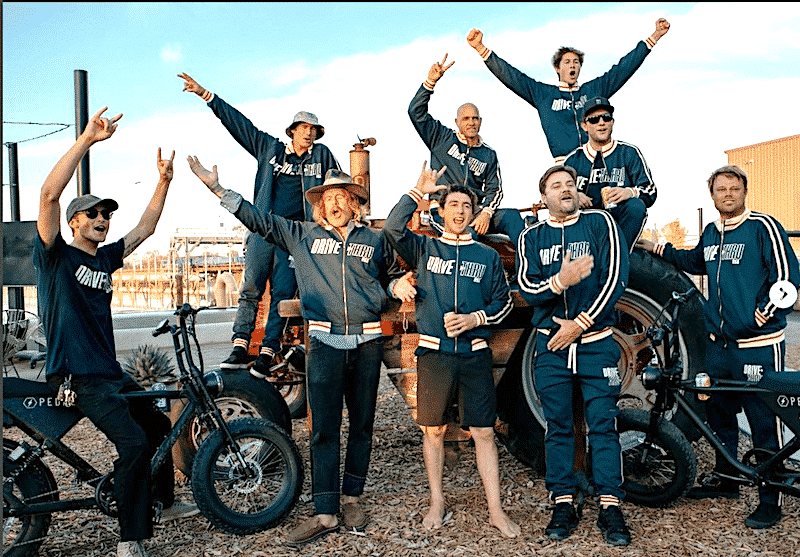Happy days are here again.
The fact that our World Surf League has stumbled, bumbled, fumbled onto hard times is no secret. Empty “stay tuned” screens fill the broadcast, its “studios” shuttered, tens of employees unceremoniously fired, sent out to Santa Monica’s streets to join other likeminded homeless.
Dark days.
But maybe, just maybe, there some light at the end of that tunnel? A new, exhaustive study that can be purchased here is declaring the “global surfing market” will explode to a mind-boggling $3.1 billion by the year 2026.
Per the abstract:
Surfing is a surface water sport wherein the participant moves along the face of a breaking ocean wave, also known as the `surf`, with the use of `board` as primary equipment. The primary factor driving growth is the push by surfing equipment makers, marketers and associations to make surfing much more approachable than it was in past years, as seen through the roll out of public surfing facilities and artificial reefs. Increased accessibility and affordability has drawn significant number of surfing participants and attracted wider demographic clusters in the recent years. The sport of surfing has also emerged a fashion and lifestyle trend. The growing focus on wellness and fitness is also leading to increased interest in surfing, as spas and wellness centers promote the sport as a fitness ritual. Surf tourism has contributed significantly to the demand for surfing equipment and apparel over the years. Surfing vacations hold tremendous potential and are likely to be a vital component of the global travel industry in the post COVID-19 period. The inclusion of surfing as a sporting event in the Olympics also has the potential to spur interest in the activity.
Some of this has to trickle up into co-Waterperson of the Year Dirk Ziff’s beleaguered pockets no? SVP of Tours and Head of Competition Jessi Miley-Dyer counting how many more stops at Trestles she can add, per year, with the windfall yes?
Happy days are here again.






